Animals
-
 Animals
AnimalsLiving Mysteries: This complex beast lurks on lobster whiskers
A tiny animal discovered on a lobster’s whiskers shows that the smallest animals on Earth can be surprisingly complex.
By Douglas Fox -
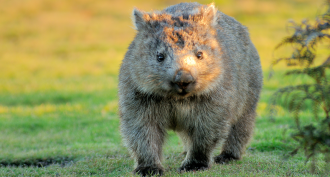 Animals
AnimalsHow wombats make their unique cube-shaped poop
The elasticity of the wombat’s intestines helps the creature to shape its distinctive scat.
-
 Ecosystems
EcosystemsScientists Say: Symbiosis
Two species can live together and support each other in a relationship called symbiosis.
-
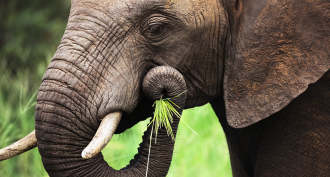 Animals
AnimalsHow do elephants eat cereal? With a pinch
Elephant trunks can grab everything from whole trees to cereal bits. To pick up fine grains, they press, then pinch.
-
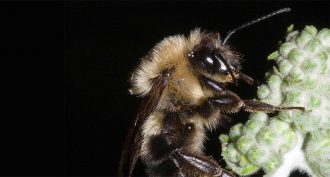 Animals
AnimalsBees stopped buzzing during the Great American Eclipse
A rare study of bees during a total solar eclipse finds that the insects buzzed around as usual — until the darkness of totality arrived.
By Susan Milius -
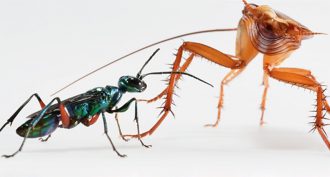 Animals
AnimalsHere’s how cockroaches fight off zombie-makers
Stand tall. Kick, kick and kick some more. Scientists observed these successful tactics among some study subjects that avoided becoming true zombies.
By Susan Milius -
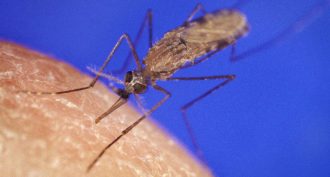 Genetics
GeneticsGene editing wiped out a population of mosquitoes in lab tests
For the first time, a gene drive caused a population crash of mosquitoes. Such gene editing could drive the malaria-carrying insects to extinction.
-
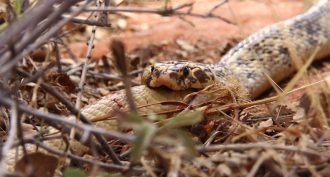 Animals
AnimalsHow Hannibal the cannibal led to a discovery about cobra diet
How a snake named Hannibal led to a discovery about cobra cannibalism
-
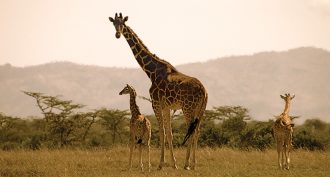 Animals
AnimalsGiraffes inherit their spots from mom
Africa’s tallest creatures inherit their characteristic patterns of spots from their mothers, a new study finds.
-
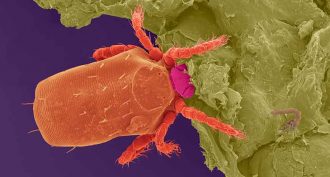 Health & Medicine
Health & MedicineChigger ‘bites’ may trigger an allergy to red meat
Some people develop a food allergy to red meat, and researchers suspect chiggers bites are to blame.
-
 Animals
AnimalsThese songbirds can fling and shake mice to death
Loggerhead shrikes skewer small animals on barbed wire and give mice a serious shake-up.
By Susan Milius -
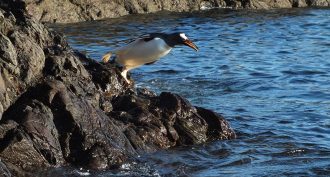 Animals
AnimalsThis penguin prey knows how to fight back
Scientists attached cameras to gentoo penguins off the Falkland Islands. The video revealed that their tiny prey can sometimes win in a fight.